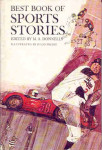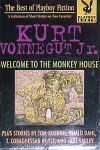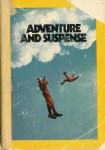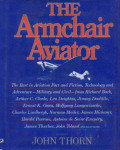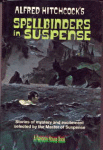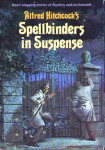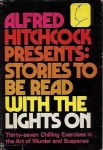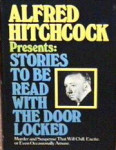Sections: Information | Covers
Information
- Published by:
- Doubleday and Company, 1966, USA.
- Edited by: M. A. Donnelly
- Illustrated by: Julio Freire
- Contains:
- Also contains:
- “The Diving Fool” by Franklin M. Reck
- “A Piece of Steak” by Jack London
- “A Busher’s Letters Home” by Ring Lardner
- “Thicker Than Water” by Paul Gallico
- “The Zealots of Cranston Tech” by Archie Oldham
- “The Winning Bug” by Jackson Scholz
- “The Greatest Victory” by Frank O’Rourk
- “A Cure for Lumbago” by Charles Van Loan
- “Dog Man” by Vereen Bell
- “Bigger Than A Victory” by Owen Johnson
- “His Finest Race” by A. Stanley Kramer
- “Matilda” by Le Grand
- “Last Race” by Harry Sylvester
- “Mountain Madness” by Tom Hopkinson
Covers
- Doubleday and Company, 1966

